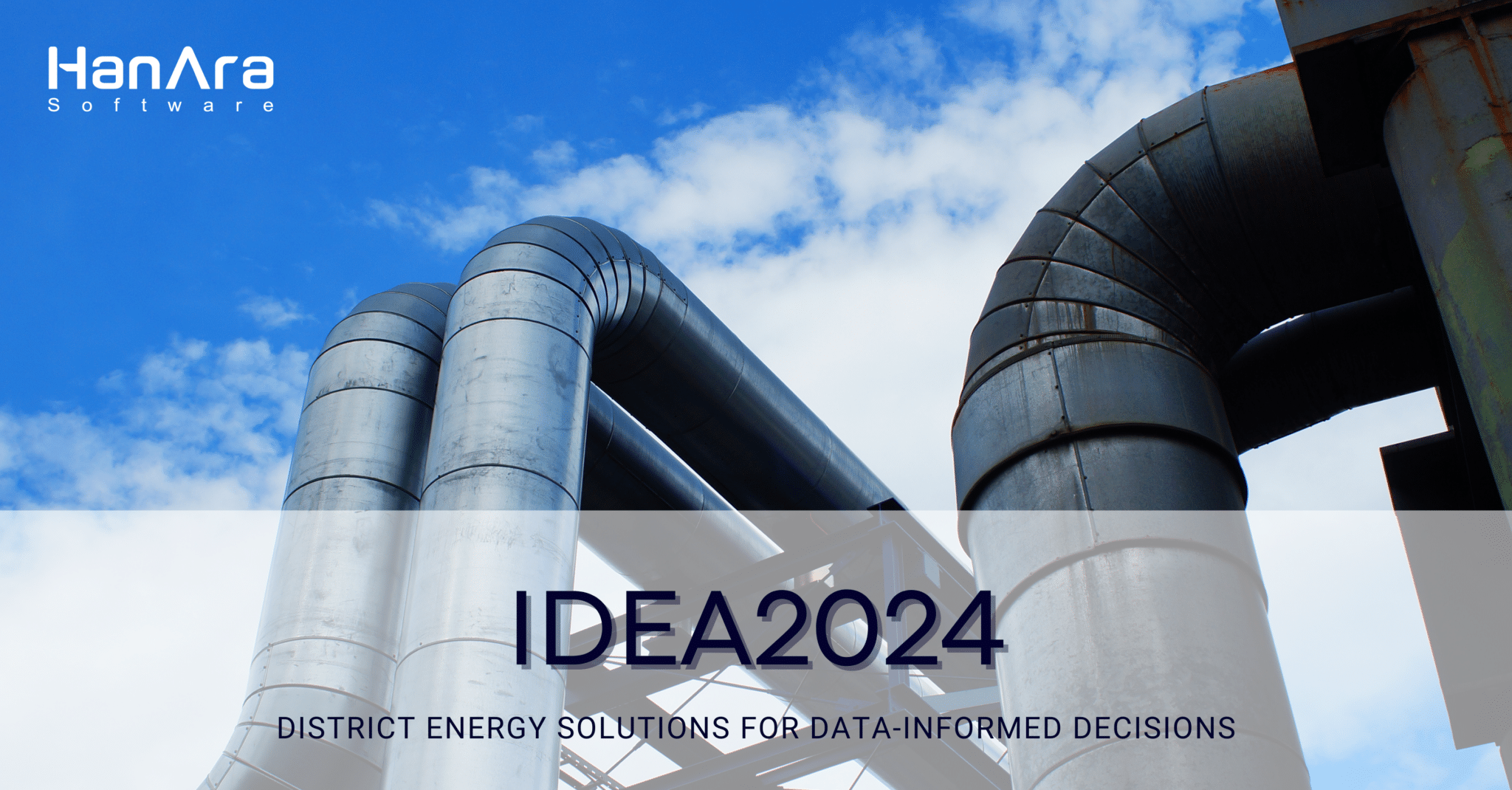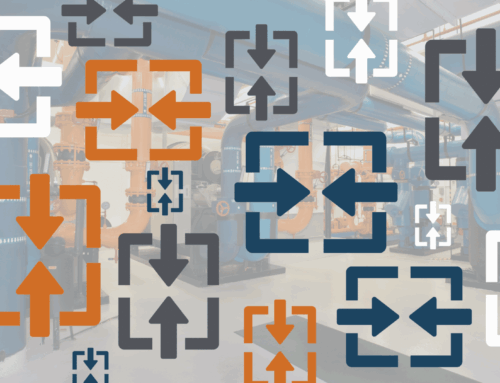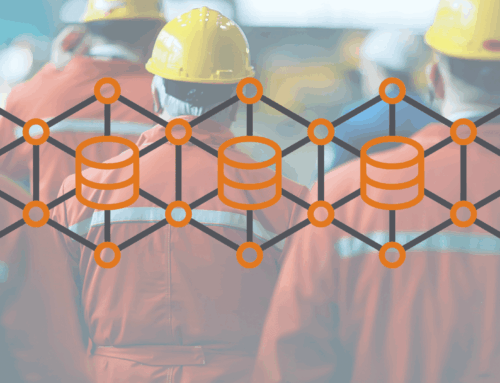Thank you, International District Energy Association! We recently had the honor of presenting at the IDEA2024 conference, and we’re still buzzing with excitement from the experience. The level of innovation, collaboration, and dedication to sustainable energy solutions demonstrated by the district energy community was truly inspiring. We want to extend our heartfelt thanks to the IDEA organizers for putting together such a great event, and to all the attendees who engaged with us during our session on software and analytics.
We wanted to share some key insights from our presentation for those who couldn’t join us or are looking for a refresher. These takeaways can help you harness the power of data in your district energy operations and drive meaningful change in your organization. And don’t worry, if you’re not in district energy, these takeaways still apply to your industry and organization.
Software and Analytics Takeaways
1) Start with Your Mission: The Foundation of Effective Analytics
Getting caught up in the latest buzzwords and technological trends is easy. However, the most crucial first step in leveraging software and analytics is to align them with your organization’s core mission.
Before diving into any new data initiative, ask yourself:
- How can we use data to create more reliable and efficient systems?
- What insights can analytics provide to ensure high-quality, cost-effective services for our customers?
- In what ways can software support our sustainability goals and help us be better stewards of the Earth’s resources?
By grounding your software and analytics initiatives in your organization’s mission, you’ll be able to cut through the noise and focus on what truly matters – delivering value to your stakeholders and making a positive impact on the world.
2) Embrace Data-Informed Decision-Making: A Nuanced Approach
You’ve likely heard the phrase “data-driven decision-making” countless times. While data is undoubtedly valuable, we propose a slight but significant shift in mindset: aim for data-informed decision-making instead.
The distinction is crucial. Data should not be the sole driver of your organization’s decisions. Rather, it should play a supporting role, informing and enhancing the decision-making process that’s ultimately guided by your mission, vision, and values.
Think of software and analytics as powerful amplifiers. They have the potential to transform raw data into actionable insights that can profoundly impact your operations. However, without a clear sense of purpose and direction, even the most sophisticated analytics can lead you astray.
To illustrate this point, consider the analogy of blindly following GPS directions. We’ve all experienced that moment of frustration when our navigation app leads us down an illogical path, ignoring our local knowledge and common sense. The same principle applies to your operations – data and analytics should enhance, not replace, your team’s expertise and judgment.
3) Apply the DIKW Model: A Framework for Data Value Creation
To help extract maximum value from your data, we recommend applying the Data-Information-Knowledge-Wisdom (DIKW) model. This powerful framework visualizes the journey from raw data to actionable insights and wise decision-making.
Let’s break down each stage:
- Data: This is your raw material. Focus on collecting high-quality, relevant data that aligns with your organizational goals. Remember, having more data isn’t always better. Quality and relevance trump quantity every time.
- Information: At this stage, you’re transforming raw data into meaningful context. Modern analytics platforms excel at creating informative visualizations and dashboards. However, be wary of information overload. Curate your insights carefully to avoid drowning your team in a sea of numbers and graphs.
- Knowledge: This is where human expertise becomes crucial. Knowledge is the application of information based on experience. Ensure you’re connecting the right information with the team members who have the necessary experience to transform it into meaningful intelligence.
- Wisdom: The ultimate goal. Wisdom is about integrating knowledge to drive continuous improvement and make sound judgments about the future. It’s here that you can start asking questions that were previously not even on your radar, identifying new opportunities for growth and innovation.
By consciously moving through each stage of the DIKW model, you can transform raw data into true business intelligence that supports your mission and drives your organization forward.
4) Look to the Past, Present, and Future: A Holistic View of Your Operations
To truly leverage the power of data, you need a comprehensive view of your system across three time horizons:
- The Past: Analyzing historical data allows you to identify trends, patterns, and learn from both successes and failures. However, be mindful of data quality and relevance. Just as you wouldn’t rely on outdated traffic data for your current commute, ensure your historical analysis is based on data that’s still applicable to your current context.
- The Present: Real-time or near-real-time analytics give you a pulse on your current operations, enabling you to make informed decisions on the fly. The key here is to determine the right level of granularity for your needs. For some processes, you might need second-by-second data, while for others, hourly or daily updates might suffice.
- The Future: Predictive analytics and modeling allow you to forecast demand, identify potential risks, and plan for long-term growth and resilience. By leveraging advanced algorithms and machine learning, you can gain a clearer vision of what lies ahead, making better decisions now and reducing unnecessary risks.
5) Put People First: The Secret Sauce of Successful Implementation
While we’ve talked a lot about data and technology, it’s crucial to remember that the success of any software and analytics initiative ultimately comes down to people. The most sophisticated tools in the world won’t drive change if they’re not properly integrated into your team’s workflows and decision-making processes.
To ensure your initiatives have a real impact, focus on these three key areas:
- Purpose: Ensure everyone in your organization understands the why behind your software and analytics initiatives. How do these tools align with and support your broader mission and goals?
- Process: Design clear workflows that integrate your new tools into day-to-day operations. Define roles clearly, create comprehensive documentation, and provide ongoing training. Remember, “Just Do It” might be a great slogan for Nike, but it makes for a terrible software implementation strategy!
- Review: Commit to continuous monitoring, measurement, and optimization of your approach. Software and analytics capabilities are constantly evolving – your processes should evolve with them.
Takeaways Bonus: Avoid Common Pitfalls and Learn from Others’ Mistakes
As you embark on your software and analytics journey, be aware of these common pitfalls:
- Collecting the wrong data or amassing huge amounts of data without extracting value
- Creating information overload with excessive dashboards and reports
- Failing to connect analytics tools with the right end-users who can turn insights into action
- Neglecting ongoing review and improvement of your processes
By staying mindful of these potential stumbling blocks, you can navigate around them and keep your initiatives on track.
Your Journey to Data-Informed Excellence
Implementing effective software and analytics strategies at your organization is not a one-time event, but an ongoing journey. It requires a commitment to continuous learning, adaptation, and improvement. But by focusing on these fundamentals – aligning with your mission, embracing data-informed decision making, applying the DIKW model, taking a holistic view of your operations, putting people first – you can ensure that your journey leads to real, measurable improvements in efficiency, sustainability, and quality.
We hope these insights prove valuable as you continue to leverage data for the advancement of district energy. Remember, every data point you collect, every insight you uncover, and every decision you improve is a step towards a more efficient, sustainable, and impactful future for our communities and our planet.
Thank you once again to IDEA2024 for providing a platform to share these ideas, and to all of you in the district energy community for your tireless work in pushing the boundaries of what’s possible. Here’s to a future powered by smart, sustainable, and data-informed district energy!
Reach out to learn more about our valuable and intuitive solutions that help improve operational efficiency and asset reliability.






